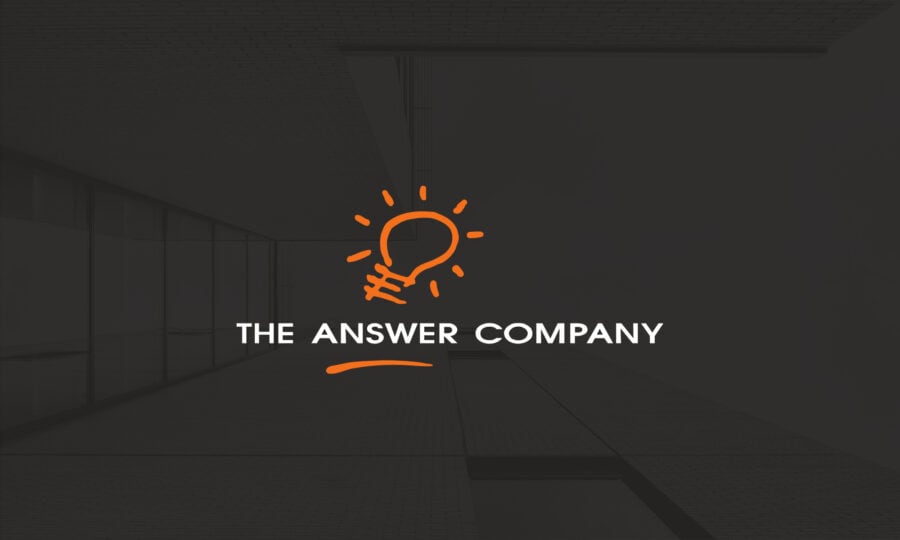What to Look for in Human Resources Management Systems (HRMS)?
When small and medium businesses are looking to grow, they often forget to look at improving Human Resource processes and systems. The right HR management software, however, can help the HR team increase control over employee data, optimize productivity, plan for the future, and ultimately provide better strategic input to management and executives.
The following points outline what makes an HRMS (Human Resources Management Solution) right for a growing business.
1. Privacy and Data Security
As it is the employer’s job to protect employee personal data, and to ensure that information is not misused. Investing in an HRMS system is an important step in ensuring that employee data is safe behind robust security features. There are two kinds of security features when it comes to Human Resource systems. The first are those that protect data against outside threats, like hackers or identity thieves, and the second are those that protect against access to the information from unauthorized users.
In addition to the defenses your systems already have, HRMS systems rely on encryption and dynamic role-based security to safeguard employee data, where different levels of an organization have specifically limited access to the information it needs. This ensures compliance with laws such as HIPPA while protecting personal and benefits information.
Companies that outsource certain HR functions like payroll have to consider risks, like having your data in another company’s systems and fraud, associated with sending payroll information to a third party company electronically. Human Resources Management Systems that come with payroll functionality offer a more secure (and affordable) way to process payroll by securing the data behind password access and storing the information on your internal hardware.
2.Makes Life Easier for Employees
HR personnel are not the only ones that need access to information kept in the HRMS. An HRMS solution with Employee-Self-Service delivers access to this information to the right employees without disrupting the work of the HR department.
Not only can employees reach their own private information, but their managers can as well. ESS (employee self-service) functionality significantly reduces processing and wait times for information requests like access to pay stubs, pay history, time off, personal HR and contact information, documents, and so on, which are all kept within the database of the HRMS solution. With an HRMS solution, employees can access this at any time, helping the company become more agile.
Screen shot of Sage HRMS.
3.Strategic Tool for Management
All business software solutions should work as a tool that helps implement a company’s strategy, and an HRMS solution is no different. Therefore, an HRMS software solution should be able to pull the right information, organize it into a report, and deliver that information quickly to the right people.
The right software solution is one where reports are easy to generate and deliver actionable information to management. It needs to both keep static information but collect dynamic items related to record keeping of employees to ensure compliance with government regulations. Your system should provide on-demand reporting like benefits, compensation, leave, time off, skills and education, pay equity, and so on.
These reports are crucial in case of lawsuits, audits, and inspections, which an HRMS system can be designed to accommodate, while also updating to new HR laws that are put in place. An HRMS system that is regularly updated should take care of that for most businesses.
4.Facilitates Communication
One of the key elements of good communication is the accuracy of the information being transmitted. An HRMS system delivers a centralized structure where companies can keep a single record of their employee information. This eliminates disputes and inaccurate records kept by individual departments, and makes double entry of data easy to catch.
On a more practical term, an HRMS solution should help communication between HR and employees. Some HRMS systems allow for HR to set up email alerts and deliver information through online gadgets, notifying employees, managers, HR and payroll staff of when something needs attention. We mentioned Employee Self Service functionality, which is also a means to improve the transparency and efficiency of communication within a company, with some HRMS solutions even offering ESS 24/7 through an online portal.
5.Saves Time
A great amount of time is wasted when employees have to disrupt HR employees to access information. Like we mentioned above, a solution with Employee Self Service functionality can hep a great deal in making communication more transparent and efficient.
An HRMS system also delivers improved data management, with a centralized database for payroll, personnel administration, analysis, employee life-cycle management, and other information, it saves time whenever someone needs to access and use this information. This is important when integrating an HRMS system with other systems like Payroll or Enterprise Resource Planning (ERP.)
ERP integration can be a particularly important time saver, not only for the HR department but also for the whole company. Integrating an HR solution with an ERP or accounting system ensures automatic creation of general ledger posts and bank reconciliation data, as well as financial reporting. With the right ERP system, HRMS data can be pulled and used for higher-level decision-making.
The choice to invest in an HRMS solution will depend on the level of sophistication a company finds themselves in. A growing company will undoubtedly be feeling the pains of keeping important HR information and processes manually while not taking advantage of HRMS as a strategic tool for management and facilitating employees’ work. To learn more about HRMS solutions, visit our Sage HRMS page.

